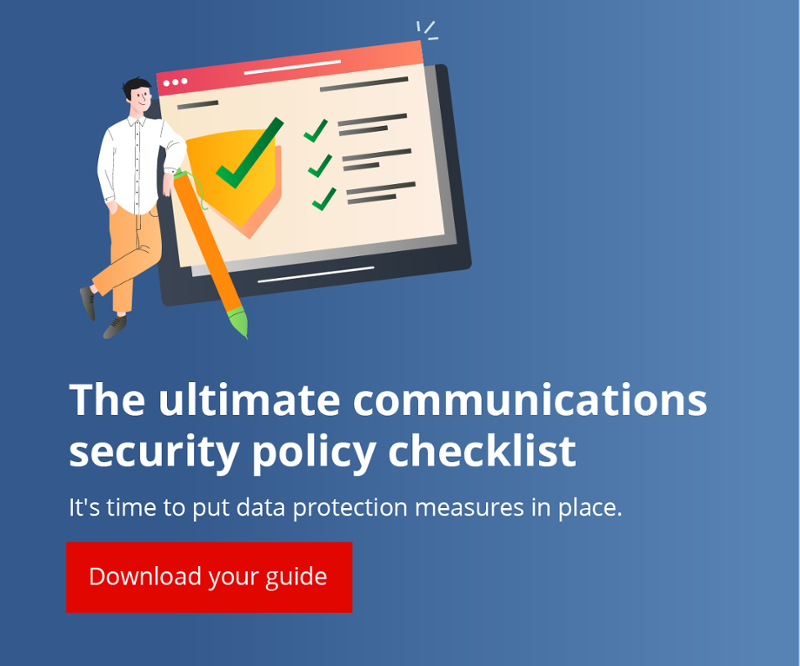The process of transferring patient care and information from one healthcare professional to another, in a secure way, is incredibly important. Despite this, these ‘hand offs’ are extremely vulnerable to error. In fact, the average teaching hospital can see more than 4,000 hand-offs in a single day, and communication errors represent anywhere from 50 to 80 percent of ‘serious adverse events’ in hospitals.
Getting the hand-off process wrong can mean that critical patient information never makes its way to caregivers. Getting communication right, however, can save lives. Here’s how HIPAA-compliant messaging can play a central role.
1. Comprehensive patient history
Research in the UK has found that an increasing number of healthcare professionals are treating IM as one of their primary communication channels. Citing faster response times, 61 percent of those involved in the recent CommonTime report said that the technology ‘led to higher standards of care’.
IM has become a major part of the hospital communication toolset. It captures patient information and contextual conversation in an archivable, searchable format. With the right software, chat history can be retained and made available to teams as employee shifts or patient conditions change.
This is especially useful when a hand-off takes place between two separate providers. Often, the ‘receiver’ of the patient won’t have easy access to the ‘sender’, who may be in a different hospital or department.
Having secure IM logs as a reference can mean that questions get answered far faster, cutting down on potentially harmful delays and confusion.
2. Efficient communication and clarification
When post hand-off communication is needed, there are few channels more flexible and efficient than IM. While experts like Compass Clinical Consulting’s Nan Tomsky say that in-person, verbal communication should be the foundation of any hand-off, information ‘senders’ aren’t always available for clarification.
The ability to contact a clinician instantly, whether they’re at a computer or getting notifications on their phone, is one of the primary benefits of IM. Rapid responses and electronic health record (EHR) transfers further chip away at wasted time and can provide potentially life-saving clarification.
There’s also the legibility factor. It’s a well-worn cliché, but doctors aren’t exactly known for their penmanship. This may not seem like much to worry about, but a now-famous report from the National Academy of Medicine found that bad handwriting was directly responsible for 7,000 annual U.S. deaths. Digital communication is an easy fix that could, quite literally, save thousands of lives.
3. HIPAA-compliant information transfer
HIPAA compliance is at the heart of a patient hand-off. Lots can go wrong when transferring sensitive information from one provider to another. If the transfer takes place between two distinct health care organizations, it introduces even more moving parts that can lead to compromised EHRs.
If data has been collected according to HIPAA’s standards, senders can share it with peace-of-mind. Eliminating the stress surrounding compliance when making these transfers can reduce worry, fiddling and delays on the sender’s part.
Removing hand-off hurdles
According to the Joint Commission, ‘failed hand-offs are a longstanding, common problem in healthcare.’ HIPAA-compliant messaging affords healthcare professionals the ability to securely gather and retain patient information, speed up communication between clinicians, eliminate illegibility and provide a searchable reference for ‘receivers’.
IM is not a replacement for verbal communication, but it is an effective means of addressing some of the most pervasive challenges to a successful hand-off.




